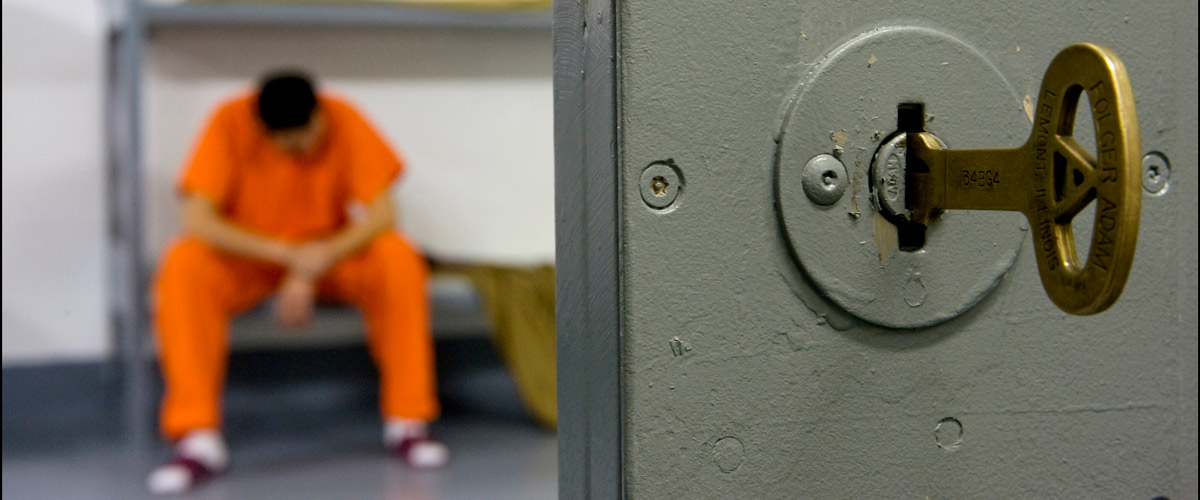Featured Jurisdictions Interagency Collaboration Jail Populations November 22, 2016
More than 250 participants assembled in Seattle on October 5-7 for the fourth national Safety and Justice Challenge Network Meeting. Convened for the initiative by the Pretrial Justice Institute, the event drew teams from Safety and Justice Challenge Network sites across the country, as well as representatives of coordinating and consulting organizations and strategic allies, for two and a half days of panels, presentations, and workshops on the theory and practice of reducing excessive jail usage and making justice systems more fair and effective.
https://youtu.be/b5tei79dTXs?list=PLan_fSNNRi6VezHEEKDj-CYMwWFUMK7KQ
Highlights of the conference included updates on the work underway from each of the twenty Challenge Network sites. Attendees heard presentations on the Data-Driven Justice Initiative, the Stepping Up Initiative, and related criminal justice reform movements taking shape across the nation. Panels explored such issues as the role of judges in sparking and sustaining reforms, the best ways to ensure that people with mental health needs are served outside the criminal justice system, the important lessons local justice system actors can learn from local crises, and valuable tactical advice on implementing change with a broad coalition of stakeholders. Workshops covered the secrets of organizational culture change, techniques of meaningful community engagement, and a variety of other topics of interest to local reformers.
https://youtu.be/DydCRartK6A?list=PLan_fSNNRi6VezHEEKDj-CYMwWFUMK7KQ
Of course, there were plenty of opportunities to network and socialize as well. Teams from each of the sites got to meet among themselves away from the pressures of the office. Judges and court administrators, sheriffs and jail administrators, police, prosecutors, defenders, elected officials, and other important stakeholder groups had a chance to come together with their peers from other sites—to share techniques and backstories, troubleshoot problems, and brainstorm possibilities. To be, in short, a learning community.
That was the whole idea. The goal of the Safety and Justice Challenge is to focus the energies of the criminal justice field on developing, demonstrating, and spreading solutions to the problem of jail misuse and overuse. To achieve this, the members of the Challenge Network will have to lead the way—not only changing practice in their own communities, but bringing others alongside. That’s why meetings like the one in Seattle matter. You can’t build a movement without them.
Planning for the next Safety and Justice Challenge Network meeting, to be held in Denver on May 8-9, 2017, has just begun. But we know it’s going to be even bigger. In addition to the twenty Challenge Network sites, we’ll have representatives from communities selected to receive support from the Safety and Justice Challenge Innovation Fund, which will be announced early next year. Small grants from the Innovation Fund, being administered by the Urban Institute, will seed jail-incarceration reduction projects all over—which means not just more people and places engaged in local criminal justice reform, but more excitement, more ideas, more sharing, and more potential breakthroughs.














